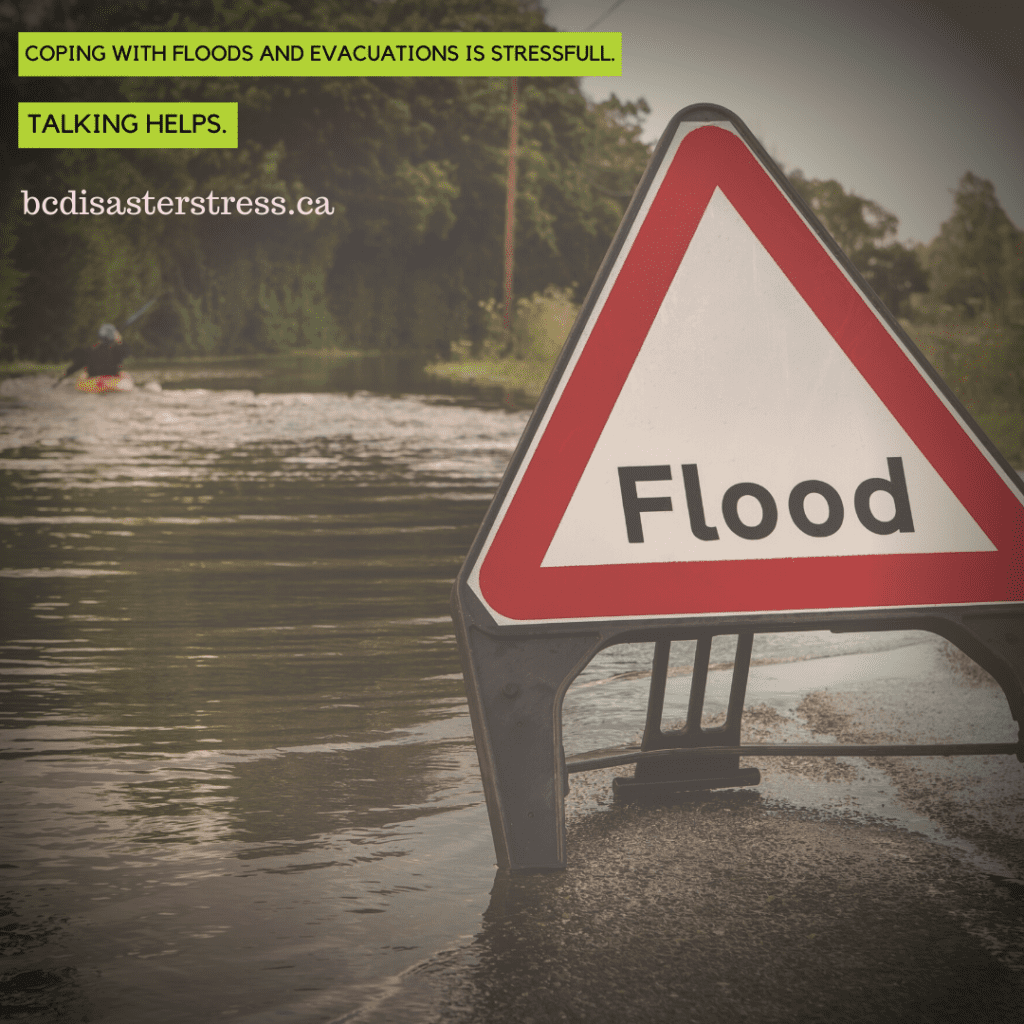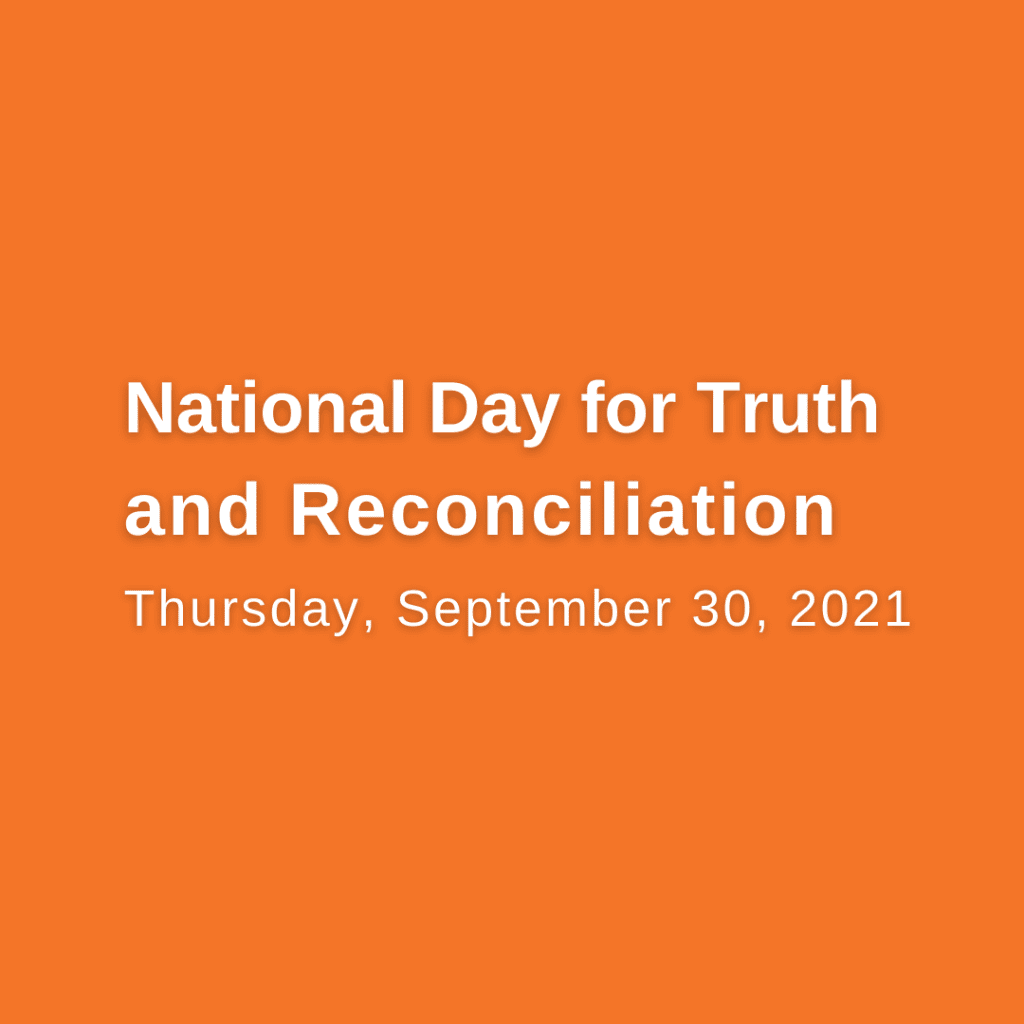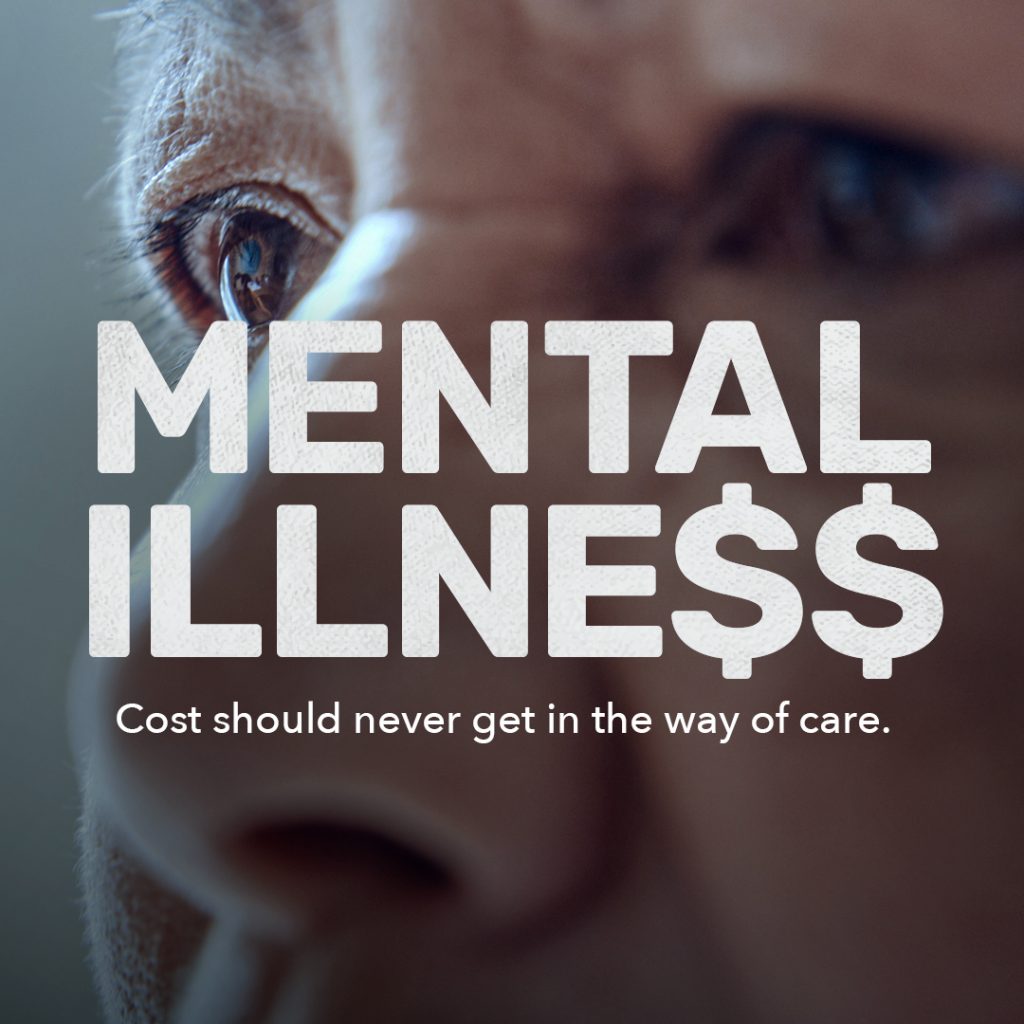
— Text & videos from MyWorkplaceHealth & Dr. Joti Samra (MyWorkPlaceMentalHealth on Youtube) —
In recent weeks, news of coronavirus (COVID-19) has been at the forefront of many of our minds. For some, the news has increased anxiety and concern about personal risk. The first step in managing this type of anxiety is educating yourself. So, here we are going to talk about what the coronavirus is, signs of infection, prevention recommendations, and the current risk to Canadians.
Table of Contents
- Coronavirus: What is it?
- How to Reduce Coronavirus Anxiety in the Workplace
- 7 Tips to Manage Anxiety and Worry about Coronavirus
- How to Manage Anxiety about Coronavirus (COVID-19) that becomes Overwhelming and Turns into Panic
- Talking with Children about Public Health Emergencies like Coronavirus
- Up-to-date Information about the Coronavirus & Related Information
Sleep Issues
- 10 Tips for Improving Sleep Hygiene to Get Better Sleep
- 5 Tips To Manage The Negative Effects Of Anxiety On Sleep
- Keeping an Effective Sleep Diary
- Children & Sleep: 5 Sleep Tips for Children
- How to Maximize Your Sleep Environment
What is the Coronavirus?
Coronaviruses (CoV) are a large family of viruses that cause illness – ranging from the common cold to more severe diseases such as Severe Acute Respiratory Syndrome (SARS-CoV). A novel coronavirus (nCoV) is a new strain that has not been previously identified in humans.
Coronaviruses are zoonotic, meaning they are transmitted between animals and people. Detailed investigations found that SARS-CoV was transmitted from civet cats to humans. Several known coronaviruses are circulating in animals that have not yet infected humans.
SIGNS
Common signs of infection by a coronavirus include respiratory symptoms, fever, cough, shortness of breath and breathing difficulties. In more severe cases, the infection can cause pneumonia, severe acute respiratory syndrome, kidney failure and even death.
READ MORE
Coronavirus: What is it and what are the risks in Canada?
Manage Coronavirus Workplace Anxiety
TIPS
- The first line of defence against anxiety is knowledge. Given the huge amount of misinformation that can exist on the internet, workplaces can serve an important role in terms of providing reliable information to employees, from trusted sources. Educate your work team on coronavirus: what it is, what the signs and symptoms are, as well as what the actual calculated risks are.
- Ensure employees are aware of preventative protocols and the importance of seeking medical attention if they get sick.
- Provide access to preventative measures within your work environment – including handwashing stations, tissues, and hand sanitizers.
- Be thoughtful about the need for work-related travel, and associated locations to which employees are being asked to travel to.
- Encourage workers to stay home if they are experiencing symptoms. Whenever possible, try to be accommodating to those who may be able to work remotely.
- Provide accommodations to employees to the point of undue hardship.
READ MORE
How to Reduce Coronavirus Anxiety in the Workplace
7 Tips to Manage Anxiety and Worry
TIPS
- Educate yourself. On what the virus is, what the signs and symptoms are and the preventative measures.
- Keep perspective. Though it is important to stay informed it is also important to keep perspective. Do not spend too much time checking the news channels. Remember to also spend time on other important and positive things in your life.
- Don’t inflate the risk. When something’s new and there are unknowns about it, it can seem very scary. This is our brain’s normal reaction to a threat (our fight or flight response) and considering the amount of attention a new threat like this gets, it’s easy for the risk to be inflated. Take the time to consider the actual risk to you. Read our article on Coronavirus and the risks to Canadians.
- Take precautions. Once you’ve determined what the recommended precautions are, incorporate those into your regular routine. Right now, the recommendations are typical flu protocols: wash your hands regularly with soap and water; stay home if you feel sick; avoid those who are presenting with flu-like symptoms; and, maintain regular health routines like sleeping enough, eating healthy and exercising.
- Stay connected. Having a support network of people to talk to when you’re feeling anxious can help to keep you grounded and remind you to keep the perspective you need.
- Use your coping skills. If you experience anxiety in other areas of your life remember to engage in the practices that help manage your anxiety levels, for example, engaging in regular mindfulness practice.
- Seek extra help. If you’re still struggling with your anxiety or experiencing panic that is affecting your ability to maintain your regular activities, you may consider seeking additional support.
READ MORE
7 Tips to Manage Anxiety about Coronavirus
How to Manage Anxiety about COVID-19 that becomes Overwhelming and Turns into Panic
There are a number of things that can help prevent or reduce the chances of having a panic attack. These include the following:
- Practice mindful breathing exercises every day.
- Regular exercise helps to manage stress levels, release tension, improve mood and boost confidence.
- Eat regular meals to stabilize your blood sugar levels.
- Avoid caffeine, alcohol and smoking – these can make panic attacks worse.
- Psychological therapies like cognitive behavioural therapy (CBT) can identify and change the negative thought patterns. It’s these thought patterns that are feeding your panic attacks.
READ MORE
How to Manage Anxiety about Coronavirus (COVID-19) that Turns into Panic
Talking with Children about Public Health Emergencies
TIPS
- First, it’s important to ensure the conversations are age-appropriate. The types of frank conversations we can have with high school and university-aged children are not the same as the conversations we’d have with those pre-school or elementary-aged.
- When it comes to younger children, don’t overshare and burden them with information or worries. But do answer the questions they ask. Be honest but conscious of age and learning level (the same way you might with answering questions about where babies come from).
- Children are curious and want to learn about the world around them so they are bound to ask questions. If you don’t know the answer, tell them you will find out. Or depending on the nature of the question and the age of the child consider researching the answer together. Even though children are curious, feeling secure and safe is important to their psychological well-being. Be honest but always attempt to reassure them of their safety.
- Finally, help educate children about their health and how to be conscious of staying healthy and preventing diseases. Identifying actionable things we can do individually to keep ourselves safe and healthy can help all of us manage anxiety, fear, and helplessness. This is also true for children regardless of whether or not they are able to accurately identify these emotions. Make sure these things are; a) something that is within their control, b) something they can do on their own or mostly on their own, c) realistic and attainable.
10 Tips for Improving Sleep Hygiene to Get Better Sleep
TIPS
- Have a consistent wake-up time (even on weekends). This builds a steady sleep pattern.
- Expose yourself to natural outside light upon waking. Open your blinds and have your morning cup of coffee or tea while gazing out the window!
- Do not nap! (Unless you’re a shift worker) Naps interfere with the restorative value of sleep later at night. If you’re tired, the best strategy is to get into bed earlier that evening.
- Do not have caffeine after noon! The half-life of caffeine is five hours – which means that five hours after having caffeine, 50 per cent is still left in your body; it takes another five hours for the caffeine to be reduced in half again to 25 per cent, and so on. So, by 10 pm, 25% of the caffeine from your 12 pm coffee will still be in your body.
- Don’t do intensive exercise before bedtime (approximately 2-3 hours). Exercise gets us physiologically aroused and activated and this is incompatible with sleep.
- Reduce or eliminate alcohol. Even one unit of alcohol interferes with sleep quality and makes sleep less restorative.
- Create a bedtime routine that’s relaxing (for the hour before sleep) Have decaffeinated tea or a warm bath, dim the lights, and put away electronic devices. Make a clear distinction between daytime activities associated with alertness, and bedtime ones associated with relaxation.
- Make your bedroom environment comfortable and conducive to sleep. Get comfortable pillows and bedding, darken the room and keep the temperature moderate.
- Restrict your bed for two activities: sleep and sex. Don’t watch TV, eat, talk on the phone, argue or use your computer while in bed.
- If you can’t fall asleep within 15-20 minutes, get out of bed and don’t go back to sleep until you are sleepy – not just tired.
READ MORE
10 Tips for Improving Sleep Hygiene to Get Better Sleep
5 Tips To Manage The Negative Effects Of Anxiety On Sleep
TIPS
- Keep a “worry log” – if you can’t sleep, get out of bed, write down your worries, and ask yourself 3 key questions: what is the evidence for this worry? what is the problem to be solved? what can I do right now?”
- Implement relaxation strategies such as diaphragmatic breathing, visual imagery, and progressive muscle relaxation – these can help with sleep onset and maintenance. This also means reducing stressful or anxiety-provoking activities close to bedtime.
- Move your body. Exercise helps to not only manage anxiety but to improve sleep; however, exercise can keep you awake if done in the evening – as a general rule, it’s good to avoid exercise in the 2-3 hours before bedtime.
- Have a good bedtime routine. For example, have some decaf tea, listen to relaxing music, or have a warm bath. Make a clear distinction between daytime activities which require alertness – and bedtime activities which should induce relaxation. This includes reducing or eliminating screen time before bed.
- Don’t stay in bed if you can’t sleep, as this can lead to our bed becoming associated with a state of wakefulness. If you can’t fall asleep within 15-20 minutes, get out of bed and do not get back into bed until you are sleepy (not just tired).
READ MORE
5 Tips To Manage The Negative Effects Of Anxiety On Sleep
Keeping an Effective Sleep Diary
WHAT TO RECORD
- What time you got into bed and what time you tried to fall asleep.
- How long it took you to fall asleep and many times you woke up, as well as how long these awakenings lasted in total.
- What time your final awakening was, and what time you got out of bed for the day.
- The overall quality of your sleep.
- Any medication you took as well as the dosage.
- Add any comments that you’d like to add that were relevant to your sleep that night – for example, if a false fire alarm in your apartment building woke you up.
READ MORE
Keeping an Effective Sleep Diary
Children & Sleep: 5 Sleep Tips for Children
TIPS
- Maintain a regular bedtime and wake-up schedule, even on weekends. The bedtime routine should be relaxing and enjoyable (like a warm bath or reading a book). This includes a predictable bedtime routine.
- Establish a sleep-friendly environment (e.g., dark, free of distractions/electronics, consistent temperature). Keep the sleep-friendly environment consistent.
- Reduce stimulation in the 1-2 hours before bed. Implement sleep-friendly cues 1-2 hours before bedtime (e.g., put away electronics, no TV, dim the lights).
- Encourage children to fall asleep independently. Leave the child’s bedroom before they’re fully asleep- to encourage independent sleep. Give age-appropriate direction tied to a child’s developmental ability (e.g., have children put on their own pyjamas or brush their teeth on their own once they are old enough).
- Reduce and ideally eliminate caffeine-based foods (e.g., chocolate or soda pop) in the late afternoon, and no big meals before bed.
READ MORE
Children & Sleep: 5 Sleep Tips for Children
How to Maximize Your Sleep Environment
TIPS
- Clean out the clutter. Prioritize making your bedroom only for sleep. It isn’t your gym, home office or theatre. Start by removing things from your bedroom that have you going there for any activities other than sleep. This includes your TV (the hardest change for most people to make). But engaging in other activities in your bedroom leads your brain to associate those activities with the bedroom, and we want it only associated with sleep.
- Ditch all electronics. Another reason why removing the TV from your bedroom is a good idea is that electronics emit a blue light which can trick the body into reducing the production of melatonin which helps you to prepare for sleep. Also, light is generally associated with wakefulness. If you must keep your smartphone in the room the best practice is to keep it flipped face down so any notifications do not wake you with the screen lighting up. The biggest reason people have for keeping phones next to their bed is it serves the dual function of being an alarm clock. So a useful tip is to put it on ‘airplane mode’ (the alarm will still work!).
- Keep your alarm clock away from the bed. Alarm clocks also emit a light that can be distracting for sleep. Many people also find themselves looking at their alarm clock periodically throughout the night, which can contribute to worry thoughts associated with sleep. Ideally, your alarm clock should be set for the same time every day, placed across the room and facing away from the bed.
- Keep your room dark. We’ve already mentioned how light, in general, promotes wakefulness and how this makes electronics problematic prior to bedtime. This also holds true for other light sources including lamps, nightlights and outside light. If possible, it’s best to have blackout curtains, blinds on your windows, or to use eyeshades.
- Keep your room quiet. Many people may think it’s important to have complete silence when it comes to sleep, but that’s not the case. When it comes to sleep and noise, inconsistency is what causes the biggest disruption. If you live in an area where noise is out of your control, like a high traffic area, try sleeping with a sound machine or a white noise machine. Sound machines produce soothing, mellow sounds that not only help you relax for sleep but drown out other sounds that may wake you.
- Keep your room cool. As you go to sleep, your body temperature begins to drop as it prepares itself for slumber. Keeping your room a cool temperature, around 18 degrees, can help aid the process of cooling your body. Also, if you’re inclined, it’s helpful to know sleeping naked may not only increase the chances you’ll sleep comfortably, but it also helps cool your body down.
- Make your bed comfortable. Having a comfortable bed is an important part of getting a good night’s sleep. If you’re waking up stiff, numb or uncomfortable in any way it may be time to replace your mattress or pillows.
- Paint your bedroom (optional). Studies suggest that particular colours, like blue and green, are associated with calmness and may, therefore, result in more restful sleep.
READ MORE
How to Maximize Your Sleep Environment
Up-to-date Information about the Coronavirus
For the latest information, visit:
- The Public Health Agency of Canada’s (PHAC) page on COVID-19: https://www.canada.ca/en/public-health/services/diseases/2019-novel-coronavirus-infection.html
- BC COVID-19 Self-Assessment Tool: https://covid19.thrive.health/
- COVID-19 News & Events At Interior Health: https://news.interiorhealth.ca/covid-19/
- BC Ministry of Health: https://www.healthlinkbc.ca/health-feature/coronavirus-covid-19
- BC Centre for Disease Control (BCCDC) website: http://www.bccdc.ca/about/news-stories/stories/2020/information-on-novel-coronavirus
- Call the Public Health Agency of Canada’s COVID-19 Information line: 1-833-784-4397
Related Information
- MyWorkplaceHealth YouTube Channel: https://www.youtube.com/channel/UCsWfDc9cRylXCQHEeu664bw
- COVID-19 CMHA Kelowna Updates: https://staging.cmhakelowna.com/covid-19-cmha-kelowna-updates/
- 6 Tips to Respond To Employee Anxiety About COVID-19: https://staging.cmhakelowna.com/6-tips-to-respond-to-employee-anxiety-about-covid-19/
- Keeping Your Stress Under Control During A Health Emergency: https://staging.cmhakelowna.com/aaryn-secker-covid19-anxiety/
———-
If you are experiencing suicidal thoughts or need immediate help, please call 1-833-456-4566 toll free (In QC: 1-866-277-3533), 24/7 or visit www.crisisservicescanada.ca



[…] Canadian Mental Health Association – Coronavirus: managing stress & anxiety […]